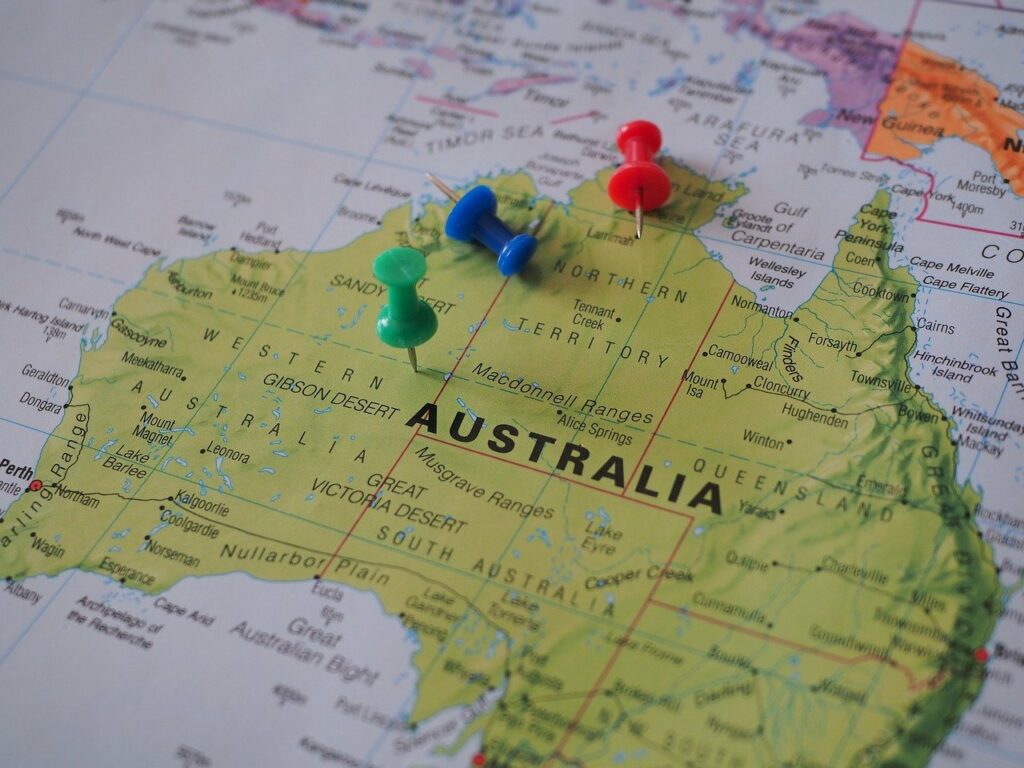Western Australia (WA) has been an outlier in the national trend of reducing reliance on gas, notably increasing its consumption since FY2020.
The state now accounts for nearly half of Australia’s total usage, as outlined in a report by the Institute for Energy Economics and Financial Analysis (IEEFA). A striking figure reveals that 84% of WA’s gas demand is concentrated within four industrial sectors: liquefied natural gas (LNG) processing absorbs 36%, electricity generation claims 24%, alumina refining 17%, and ammonia production 7%.
The escalation of WA’s gas consumption is underscored by the development of numerous gas, metals, and minerals projects, forecasting a 19% increase in demand (excluding LNG processing) by 2034, as per Australian Energy Market Operator (AEMO) data. This rising trajectory poses potential vulnerabilities amid looming supply constraints. Amandine Denis-Ryan, CEO of IEEFA Australia, cautions that such dependence risks price surges and could challenge the viability of gas-intensive sectors.
A staggering component of WA’s gas consumption is dedicated to LNG processing, with 10% used in the liquefaction process rather than being marketed as LNG. Here, electrification presents an overlooked alternative—electric turbines can slash emissions by up to 90%, bolster production efficiency, and diminish maintenance fees. However, there’s a palpable inertia in adopting these turbines in Australian LNG plants.
Another significant consideration is methane capture. Extracting fugitive methane could reclaim substantial gas volumes, yet progress is stymied by insufficient regulatory and policy frameworks. While WA’s gas demand for LNG may curtail by a third over the next decade, parallel growth in other sectors could neutralize this decrease. The surge is particularly evident in ammonia, with two upcoming projects poised to double the gas demand for its production and derivatives.
A strategic pivot to green hydrogen emerges as an avenue of prudence. Ammonia, intrinsically derived from hydrogen, can transition 30% of its gas feedstock to green hydrogen with minimal modifications, a rationale advocated by IEEFA contributor Cameron Butler. Ammonia producers could fuel this shift by meeting a 30% green hydrogen production mandate for explosives by 2035, an adaptation that would inflate miners’ operating expenditures by a marginal 0.2%.
Electrification also holds transformative potential in alumina production, a prominent gas consumer. Mechanical vapor recompression—a process utilizing industrial heat pumps—could electrify 70% of the sector’s gas consumption. By substituting 1GJ of electricity for each 5GJ of gas, this technology offers financial allure even without subsidy support, though requires industry demonstration and risk alleviation.
Gas remains a backbone of WA’s electricity generation, paradoxically outpacing the aggregate gas usage for power generation across Australia. The reliance is profound in the state’s remote north-west, where the confluence of mining and heavy industries predicates an onsite power generation dependency. Despite an abundance of natural resources such as wind and solar, WA languishes in renewable energy adoption, particularly in the north-west.
This stagnation could undermine Australia’s competitive edge in emergent green markets. The green iron and steel sectors, for instance, are increasingly veering towards green hydrogen-based production methodologies over traditional gas-based routes. The report extends several recommendations to recalibrate WA’s energy landscape: orchestrating a definitive roadmap for gas demand reduction—establishing concrete targets—and mandating renewable energy for new mining projects. Additionally, a fast-tracked reduction in gas demand through the electrification of existing facilities like LNG processing and alumina refining offers pragmatic gains. This can be catalyzed through trial initiatives, funding mechanisms, and a shift towards renewable electricity.
Stay updated on the latest in energy! Follow us on LinkedIn, Facebook, and X for real-time news and insights. Don’t miss out on exclusive interviews and webinars—subscribe to our YouTube channel today! Join our community and be part of the conversation shaping the future of energy.





